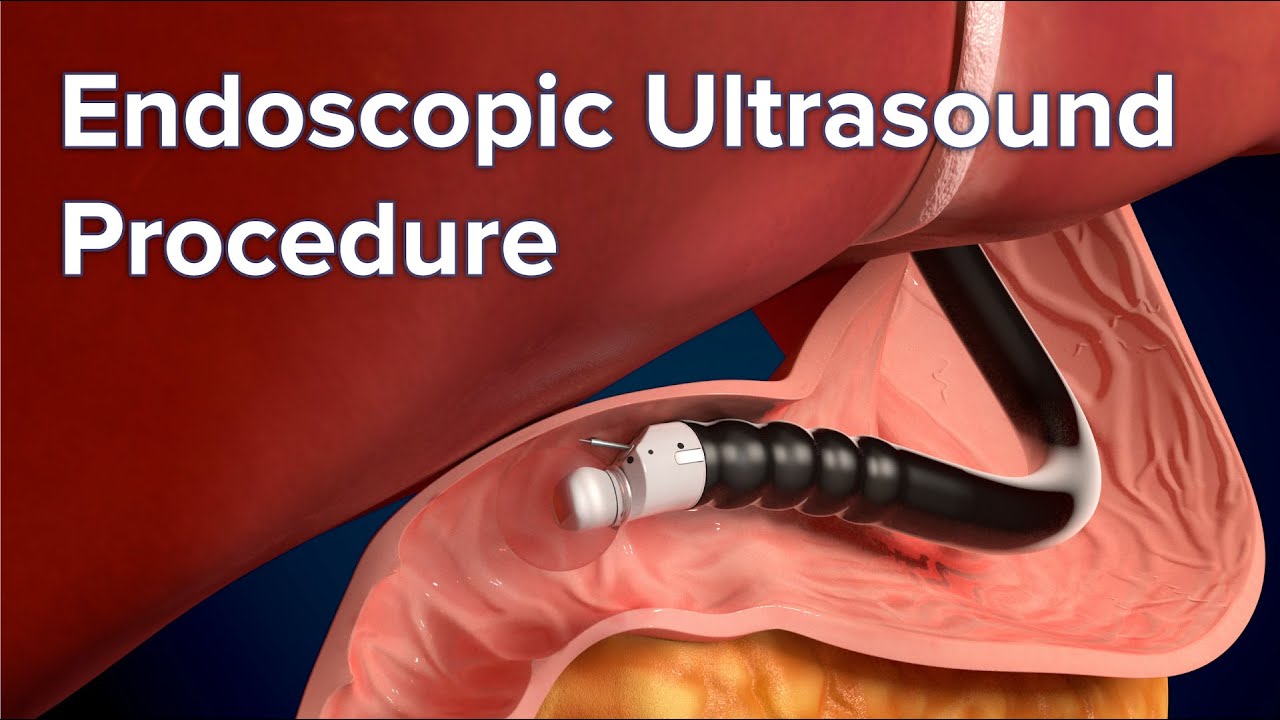
Our services
EUS
The EUS procedure, also known as Endoscopic Ultrasound, is a minimally invasive diagnostic procedure that combines endoscopy and ultrasound imaging. It is commonly used to evaluate and diagnose conditions affecting the gastrointestinal tract and nearby organs.
During an EUS procedure, a thin, flexible tube called an endoscope is inserted through the mouth or anus and advanced into the esophagus, stomach, or intestines. The endoscope has a small ultrasound probe at its tip, which emits sound waves to create detailed images of the digestive tract and surrounding structures.
EUS can provide valuable information about various conditions, such as tumors, cysts, gallstones, and lymph nodes. It can help determine the stage of cancer, guide biopsies, and assist in the placement of therapeutic devices, such as drainage tubes or stents.
The EUS procedure is generally well-tolerated, and most patients receive sedation to ensure comfort during the examination. It is typically performed by a gastroenterologist or an interventional radiologist with specialized training in endoscopic procedures.
As with any medical procedure, there are potential risks and complications associated with EUS, such as bleeding, infection, and perforation of the gastrointestinal tract. However, these complications are rare.
If you have been recommended to undergo an EUS procedure, it is important to discuss the benefits, risks, and any specific preparations with your healthcare provider. They will provide you with detailed instructions and address any concerns you may have.

